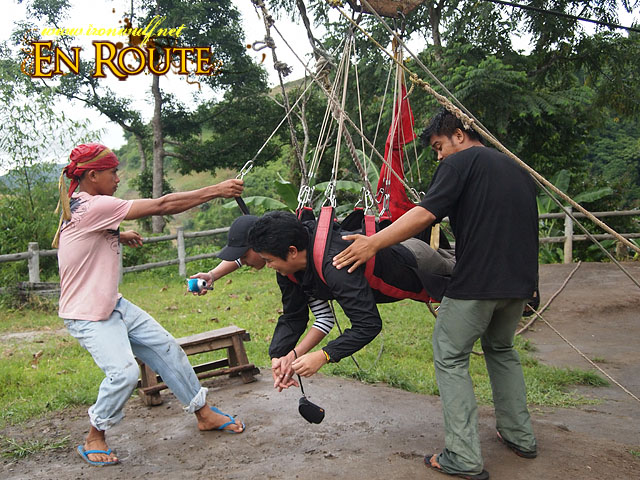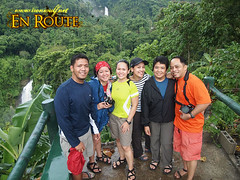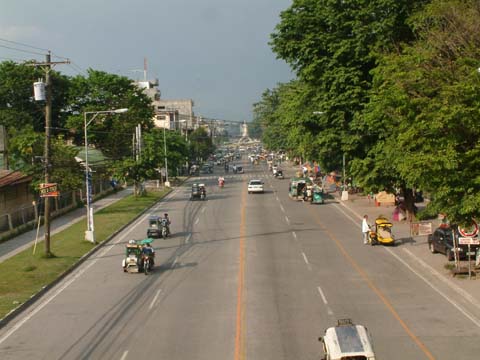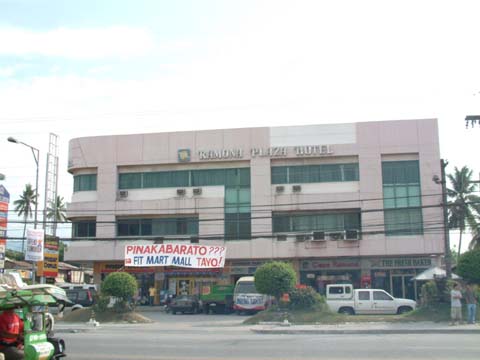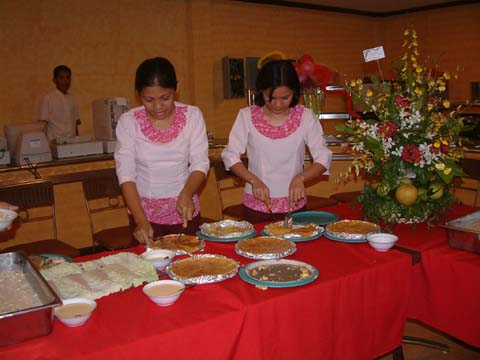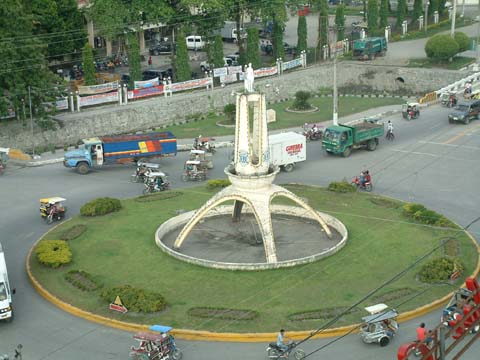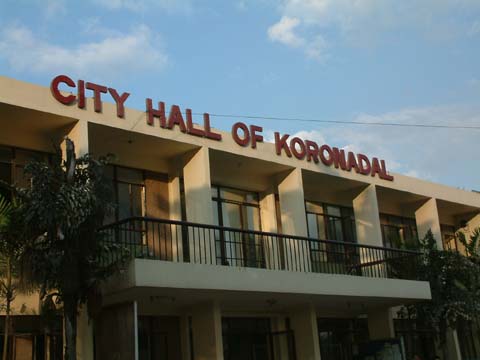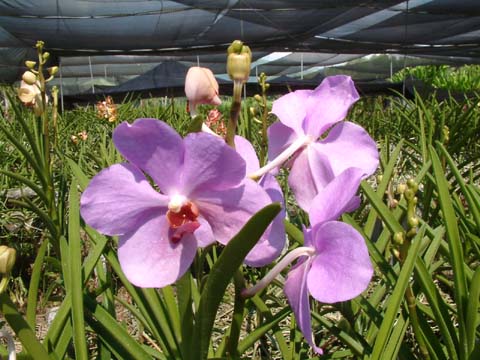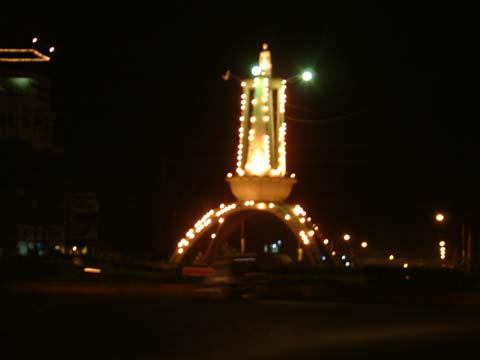seven falls at lake sebu South Cotabato
seven falls at lake sebu South Cotabato
I must admit, I was thinking, “What the hell did they do to they do to the Seven Falls?” first I heard about a zipline being set up there. Marring the amazing sight of the falls with wires was the image that came to mind. But then again, I’ve heard and read from people how they enjoyed the zipline but I wanted to see it first and make sure they didn’t do anything drastic to the natural landscape. So the recent Backpack Photography gave me a chance to experience the getting famous Lake Sebu Seven Falls Zipline.
Lake Sebu Seven Falls Zipline Video
I was a bit disoriented when I saw the jump-off to the first falls now known as Hikong Alu (in T’boli means “Passage” also formerly known as Dongon Falls). What used to be natural vegetation and rocky pathway now has concrete paved roads to the falls and a concrete arc as gateway. It was busy with parked cars and people passing by. We almost didn’t find the Dongon Family’s eatery just on the side of the road. The popularity of the zipline definitely has changed this area.
The Lake Sebu Seven falls Zipline boast the highest zipline in Asia measuring 200meters above ground. It is composed of two lines first one coming from the first falls Hikong Alu. I think it’s also worth to mention that Hikong Alu recently had a landslide making its side path to the falls impassable.
The group got in line to suit up and ride the zipline in pairs. There was a light rain which is still okay to continue but they do stop the operation when the rain gets real heavy. I secured my camera and heard the signal on the radio for launch and then we’re off. Ziplines are ziplines and it was a straightforward flying action but what I love about this zipline is the scenery. It’s the most scenic zipline I’ve tried to date.
I won’t giveaway much of the details except that there are two lines of zipline the first 740meters going over the majestic second falls now known as Hikong Bente(in T’bolik is “immeasurable”) going to the viewdeck where you could see the other falls 3 Hikong B’lebel(meaning “Coil or Zigzag”), Falls 4 Hikong Lowig(meaning “Booth”) and Falls 5 Hikong Ukol (meaning “Wild flower”). The other two falls Hikong K’fo-I (“Short”) and Hikong Tonok (“Soil”) is out of sight and is said to be a long trek from the other falls.
The second zipline goes from the view deck and down to the jumpoff area of Falls 2 Hikong Bente with the falls as a dramatic backdrop. It was really fun and the views are just spectacular worth the P250 pesos I paid for (P200 on weekdays). It’s not really as bad as I thought and the lines aren’t all that visible in the scene. I’m still amazed how they were able to set this up considering their stopping mechanism is manually done with the help of rubber tires as stoppers.
Mga etiketa: seven falls at lake sebu South Cotabato


